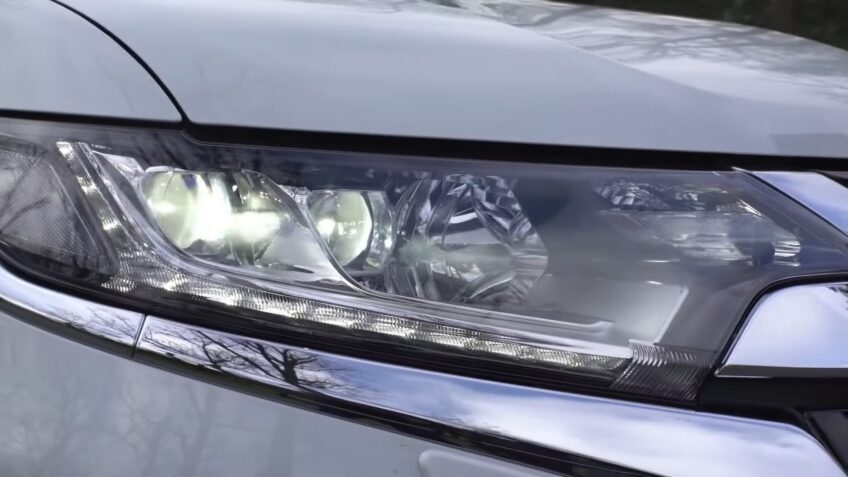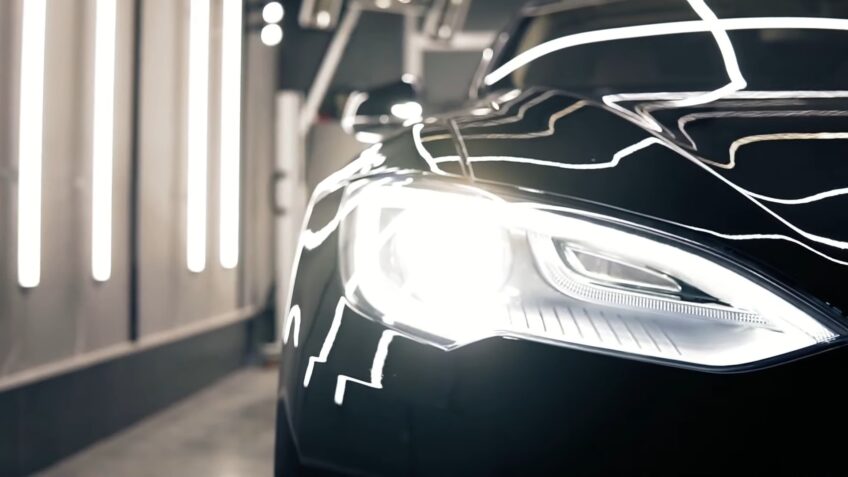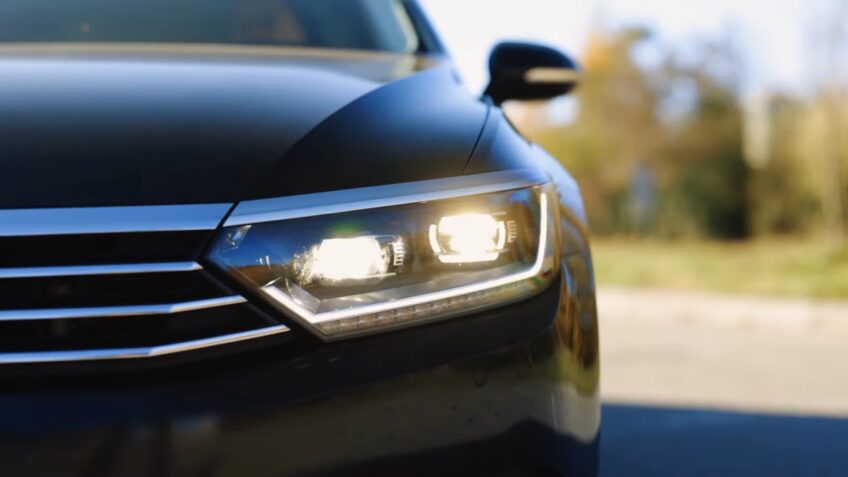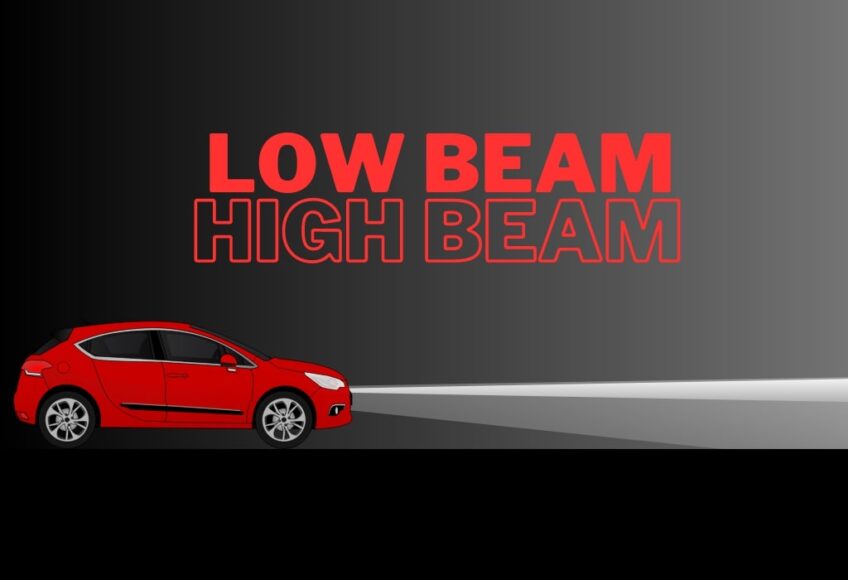The battle between low-beam and high-beam headlights has been a subject of debate among drivers for years. While each type of headlight has its own unique purpose and advantages, knowing when to use each one is crucial for safe and efficient driving. In this comprehensive guide, we will explore the differences between low-beam and high-beam headlights, their specific uses, and the best practices for using them to ensure optimal road safety. So, buckle up and get ready for an illuminating ride through the world of headlights!
A Brief Overview
Headlights are an essential component of every vehicle, designed to light the way forward and increase visibility in various driving conditions. There are two main types of headlights: low beam and high beam. Each type of headlight serves a specific purpose and is designed to work in different scenarios, making it crucial to understand their distinct functions.
Low Beam Headlights: What Are They and When to Use Them

Low-beam headlights, also known as dipped headlights, are designed to provide forward and lateral illumination without causing glare to oncoming drivers. They have a specific beam pattern that directs light downward and to the sides, ensuring that it doesn’t shine directly into the eyes of other road users.
When to use low-beam headlights:
- During normal nighttime driving: Low beam headlights should be your default setting when driving in the dark, as they provide sufficient visibility without blinding oncoming drivers.
- In foggy, rainy, or snowy conditions: Low beams are the best choice in adverse weather conditions, as they help reduce glare from light reflecting off moisture in the air.
- In urban areas with streetlights: When driving in well-lit urban areas, low-beam headlights are typically more than adequate for navigating the streets safely.
High Beam Headlights: What Are They and When to Use Them

High beam headlights, also known as main beams or full beams, emit a brighter and more intense light than low beams. They provide increased forward visibility, allowing drivers to see farther down the road. However, high beams can create glare for oncoming traffic, so it’s essential to use them judiciously.
When to use high-beam headlights:
- On rural roads with limited visibility: High beams are ideal for illuminating dark, rural roads where there is little to no street lighting.
- When there’s no oncoming traffic: If you’re driving on a road with no oncoming traffic and limited visibility, high beams can help you see farther ahead and avoid potential hazards.
- When overtaking: If you need to overtake another vehicle, switching to high beams momentarily can help you assess the road ahead and ensure it’s safe to make your move.
- Remember always to switch back to low beams when approaching oncoming traffic or following another vehicle closely, to avoid causing glare for other drivers.
The Science Behind Headlights: How They Work
Headlights use different technologies to produce light, such as halogen, LED, and xenon (HID). Regardless of the technology used, the primary purpose of headlights remains the same: to produce a focused beam of light that enhances visibility and ensures safe driving.
The key difference between low-beam and high-beam headlights lies in the beam pattern and intensity of the light emitted. Low-beam headlights are designed to project a controlled beam pattern that illuminates the road directly in front of the vehicle and to the sides, without causing glare for oncoming drivers. High-beam headlights, on the other hand, produce a more intense and focused beam that extends farther down the road, increasing visibility but potentially causing glare for other drivers if not used appropriately.
The Importance of Proper Headlight Usage
Using the appropriate type of headlight in different driving scenarios is essential for maintaining road safety. Proper headlight usage not only enhances your own visibility but also helps prevent accidents by ensuring that other drivers can see you and are not blinded by your headlights.
Inadequate headlight usage can result in several issues, such as:
- Reduced visibility: Failing to use your headlights, or using the wrong type, can decrease your ability to see the road ahead and potential hazards, increasing the risk of accidents.
- Glare: Using high beams when not necessary can create glare for oncoming drivers, impairing their vision and potentially causing accidents.
- Fines and penalties: In many jurisdictions, improper headlight usage can result in fines or penalties, as it is considered a safety hazard.
Common Mistakes to Avoid
- To ensure safe and effective headlight usage, it’s important to be aware of and avoid common mistakes:
- Forgetting to turn on headlights: Always remember to turn on your headlights when driving in low-light conditions or during inclement weather.
- Relying solely on daytime running lights (DRLs): While DRLs increase visibility during daylight hours, they do not provide sufficient illumination for nighttime driving. Be sure to switch to low-beam headlights when it gets dark.
- Neglecting headlight maintenance: Regularly check your headlights to ensure they are functioning correctly, clean, and properly aligned. Replace any burnt-out bulbs promptly.
- Misusing high beams: Remember to switch back to low beams when approaching oncoming traffic or following another vehicle closely to avoid causing glare.
It’s important to understand the appropriate tire pressure levels to ensure optimal performance and safety on the road, as highlighted.
Frequently Asked Questions

1. How far do low-beam and high-beam headlights reach?
Low-beam headlights typically illuminate the road up to 200 feet (60 meters) in front of the vehicle, while high-beam headlights can extend visibility up to 350-500 feet (107-152 meters) ahead.
2. Is it illegal to drive with high beams on all the time?
Yes, in most jurisdictions, it is illegal to drive with high beams on when there is oncoming traffic or when following another vehicle closely, as it can cause glare and impair other drivers’ vision.
3. Can I be fined for using the wrong type of headlight?
In many areas, improper headlight usage, such as driving with high beams on when not appropriate, can result in fines or penalties.
4. How often should I replace my headlights?
The lifespan of headlights varies depending on the type of bulb and usage. On average, halogen bulbs last 450-1,000 hours, HID (xenon) bulbs last 2,000-3,000 hours, and LED bulbs can last up to 50,000 hours. Replace your headlights as soon as you notice any dimming or burnout.
Final Words
Understanding the differences between low-beam and high-beam headlights and knowing when to use each type is essential for maintaining road safety and enhancing visibility in various driving conditions. By following best practices for headlight usage, you can help prevent accidents, avoid fines, and ensure a safer driving experience for yourself and others on the road.

